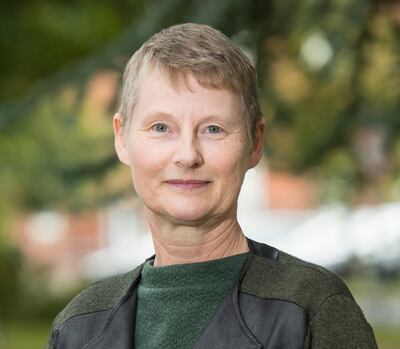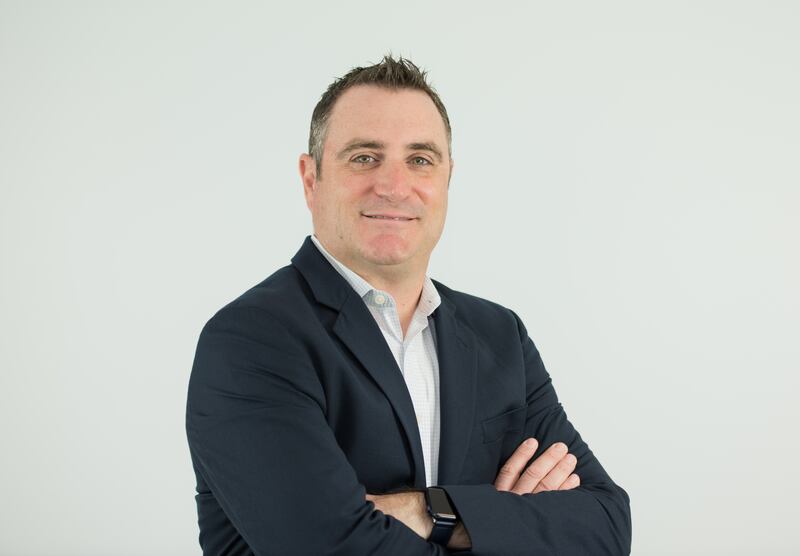Businesses and organisations are increasingly prioritising sustainable design, construction and maintenance of their premises, with globally recognised green building standards such as LEED (leadership in energy and environmental design) and BREEAM (Building Research Establishment environmental assessment method) widely adopted to ensure they meet high sustainability benchmarks.
It doesn’t stop at construction; sustainability carries through every part of the life and use of a building, from integrating renewable energy sources and investing in smart technologies to optimise energy use and cut costs, to water conservation and waste reduction, and even how employees transport themselves to the workplace.
Sustainable design can also create more attractive working environments that contribute to employee wellbeing by improving indoor environmental quality through natural lighting, biophilic design and advanced air filtration systems.
Three Ireland has been focusing on reducing emissions and environmental impacts across the company’s two offices in Dublin and Limerick since launching its sustainability strategy last year.
READ MORE
“In our Dublin office we have gone through an extensive plant and equipment replacement programme, including boiler replacement and the replacement of all water pumps with smart variable speed pumps. In addition to this we replaced the belt-driven fans in all air handling units with direct-drive fans,” says Derval O’Brien, sustainability manager for Three Ireland.

“In our Limerick office we have carried out a full lighting replacement, moving to an energy-efficient LED system, and we have also replaced our lifts, which were 30 years old, with a modern energy-efficient replacement. We have also created a pollinator-friendly wild-flower garden to support biodiversity. In 2025 we are planning a full air-conditioning replacement programme to result in additional energy efficiency benefits.”
The numbers speak for themselves: upgraded lighting in Limerick has yielded a 16 per cent energy saving for the Limerick office, while a reusable cup initiative saved 34,000 single-use cups from January to October last year.
And it’s not just the building where people work that can make a difference; how they get there is important too. As well as carrying out a programme of fleet car electrification, Three Ireland is supporting employees to travel to work more sustainably with EV charging points, the bike-to-work scheme and bike parking facilities.
Transport is high on the agenda when it comes to the 35,000 students and staff across UCD’s Belfield campus and Smurfit Business School too.
“With such a large community, there are many sustainability initiatives addressing transport and energy from research, teaching and learning, and operational perspectives,” says Paula Carroll, associate professor at UCD School of Business.

This involves both infrastructure design and operation projects, as well as initiatives to target behaviour and how UCD community members travel and use energy.
UCD has an energy monitoring and building management system which tracks and manages energy and water consumption. Some of the older buildings have recently been retrofitted to improve their building energy rating (Ber). The Quinn School of Business on the Belfield campus, which was constructed in 2001, recently underwent a shallow retrofit which brought its Ber from a D1 to C2, but with plans in place to decarbonise UCD’s district heating system, Carroll says, “It is expected that the Quinn building’s Ber will improve to B2 by 2030.”
While there is much work to be done across the 133-hectare campus, with its host of existing facilities, new builds such as the Centre for Future Learning have been designed with nearly zero energy building objectives. “Getting the design right first time means that these buildings will be fit for purpose and sustainable,” says Carroll.
Schneider Electric has been fitting and retrofitting its clients’ (and its own) offices out with building management systems, sensors and digital monitoring technology to regulate heating, ventilation and air conditioning, lighting, and energy based on occupancy and environmental conditions. These intelligent management systems not only improve the performance of buildings, but crucially provide the data-analysis businesses need to transition to net zero.

Chris Collins, country president Ireland at Schneider Electric, says: “Decarbonisation can be achieved through smart energy management based on AI, automation and IoT devices, and eventually renewable energy sources. By upgrading their building systems and infrastructure, businesses can make great strides towards improving their green credentials.”
While Schneider sometimes encounters resistance to adopting new solutions due to financial concerns, Collins says: “In many cases, the benefits outweigh the costs, which can be recouped through the energy efficiency gains that can be achieved.”
He has seen in practice how aligning construction and design objectives with sustainability goals creates a healthier work environment for employees.
“A conscious effort to address energy consumption in the office by looking at ways to regulate heating, lighting and air conditioning will have a tangible impact that will be felt by employees, customers and other stakeholders,” he says.
“It will even have a positive impact on productivity as the office space becomes a more comfortable environment to work in.”















